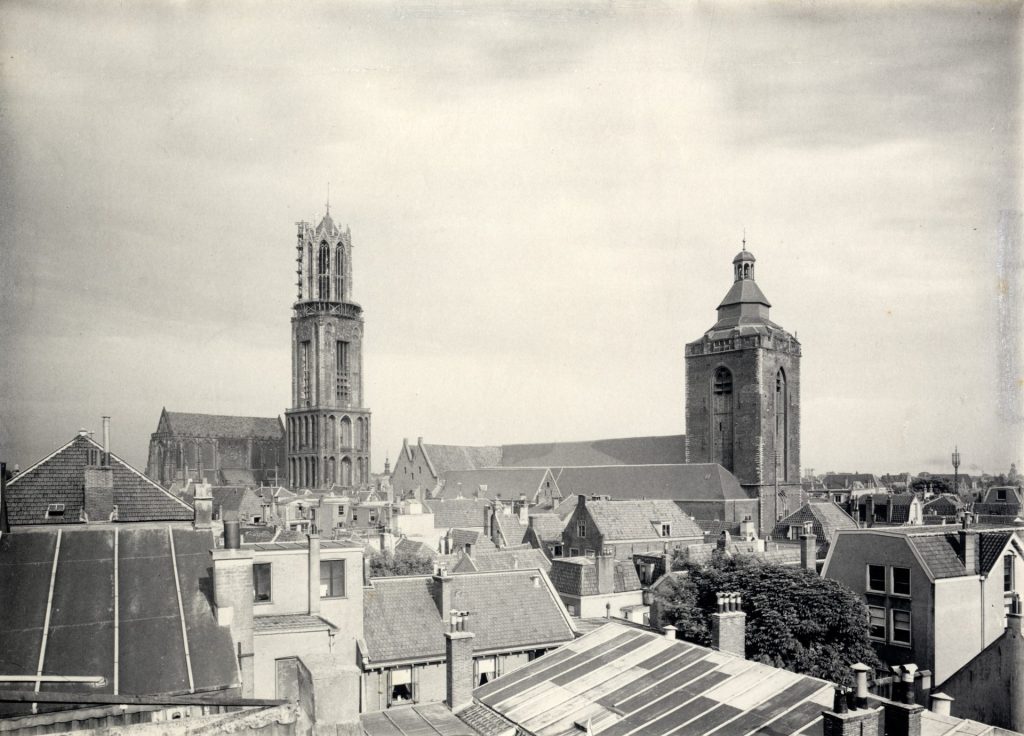History
In 1954, a great desire to set up a museum for mechanical musical instruments arose within the Kring van Draaiorgelvrienden and Stadsontspanning Utrecht.
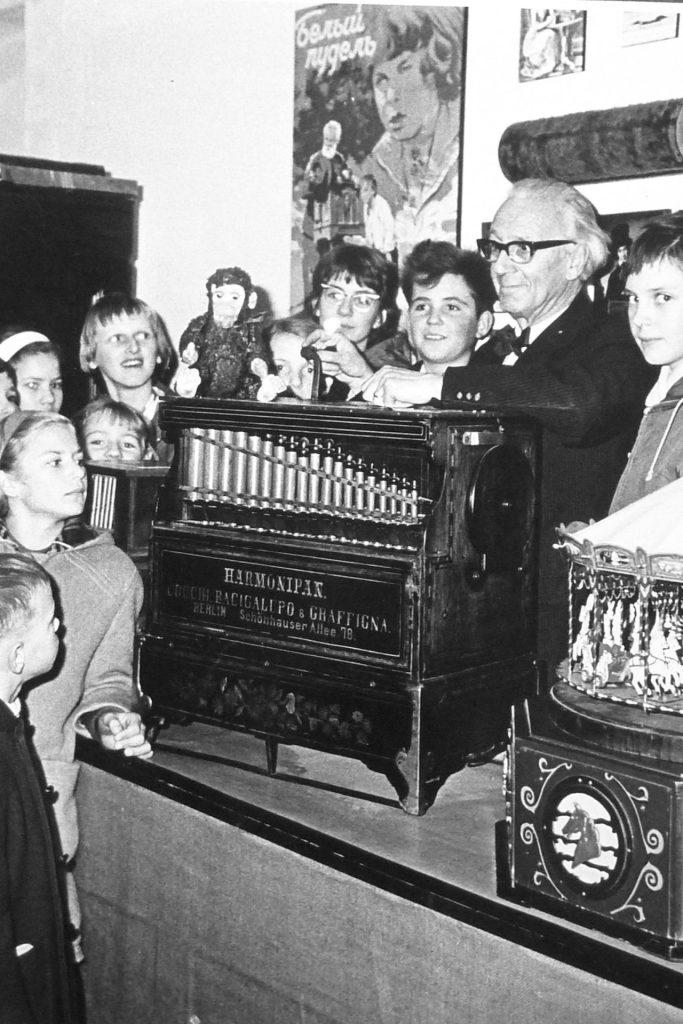
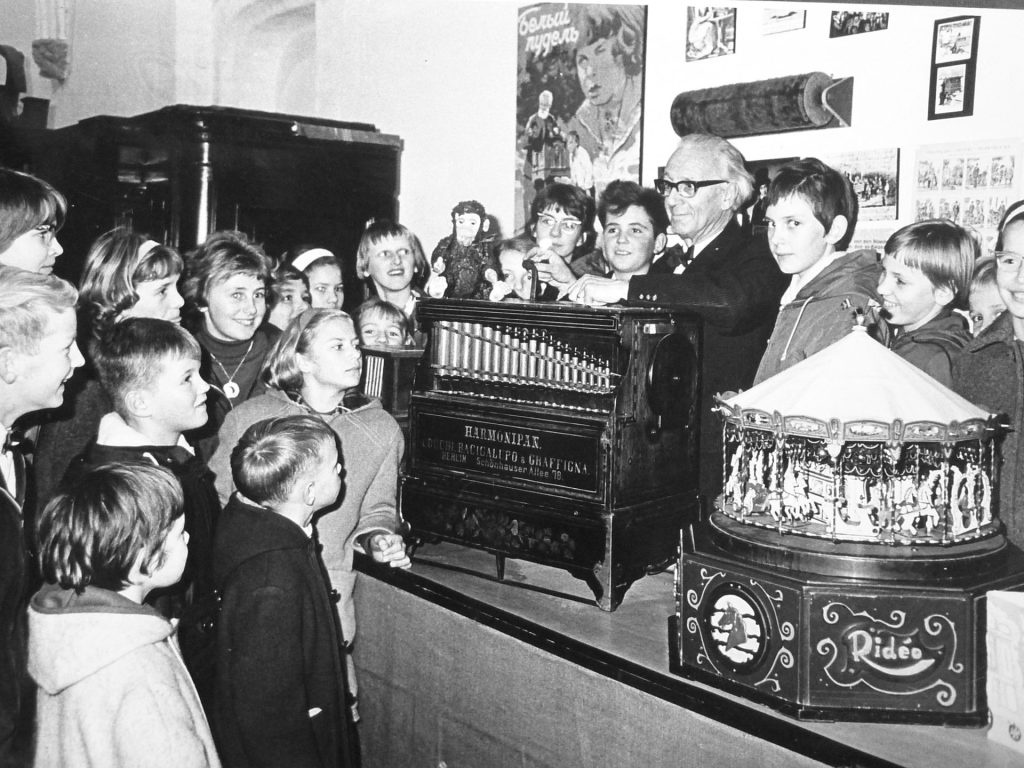
Before there would actually be a museum, the first goal was to set up an exhibition full of music machines. Consequently, a major search was launched for surviving and working examples of many different types of mechanical musical instruments.
From musical box to barrel organ
After a period of two years, enough had been collected to set up the first exhibition. On 18 August 1956, Mayor de Ranitz finally opened the exhibition From Musical Box to Barrel Organ! This day can therefore be seen as the day when Museum Speelklok was born.
Over a period of eight working days, at least 14,000 people from all over the Netherlands came to see the exhibition. There was no doubt that it had been a success but that was not the end goal. More than anything else, the Kring van Draaiorgelvrienden and the Stadsontspanning Utrecht foundation still wanted a museum full of mechanical music machines.
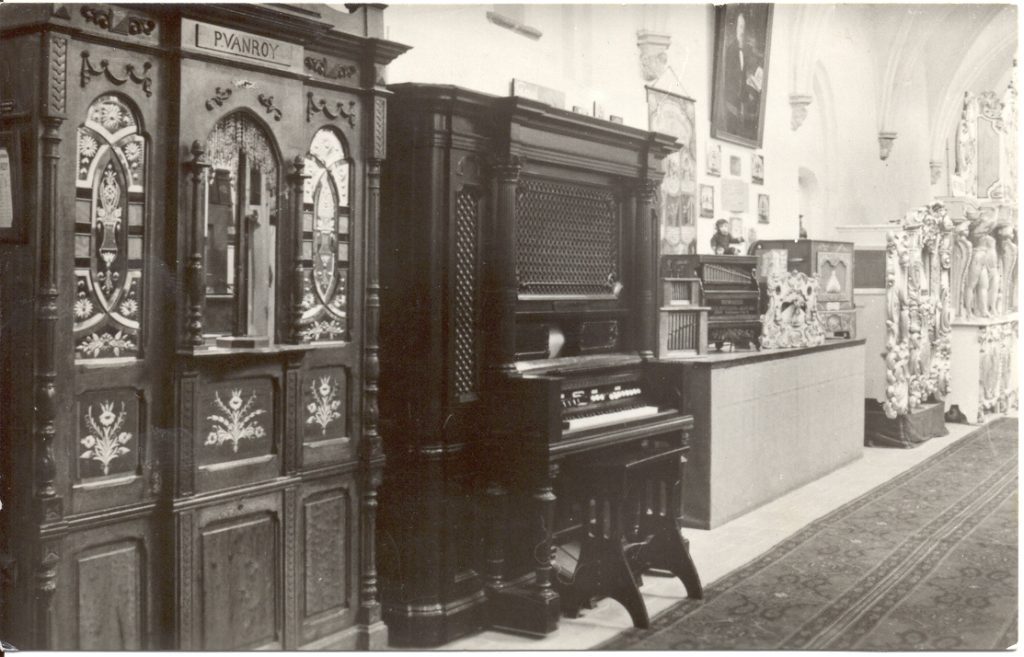
A real museum
It soon became clear that Utrecht city council was delighted with the exhibition From Musical Box to Barrel Organ. They therefore decided to provide the sum of 16,000 guilders to enable a museum to be set up. The Nationaal Museum van Speeldoos tot Pierement was born! One of the museum’s initiators was Romke de Waard. He was a renowned arranger of barrel organ music and is known as one of the greatest barrel organ advocates in the Netherlands.
In 1958, the museum actually opened to the public in a wing of today’s Museum Catharijneconvent on Lange Nieuwstraat. The museum collection grew rapidly and in 1971, it was moved to larger premises: the former Utrecht main post office (Achter den Dom 12). Eventually, this location also proved too small. In 1984, the museum moved again, this time to the fully restored medieval Buurkerk church. On 23 November, the Nationaal Museum van Speeldoos tot Pierement was officially opened in the Buurkerk by the then Queen Beatrix. And that is where Museum Speelklok – as it has been called since 2010 – still is today!
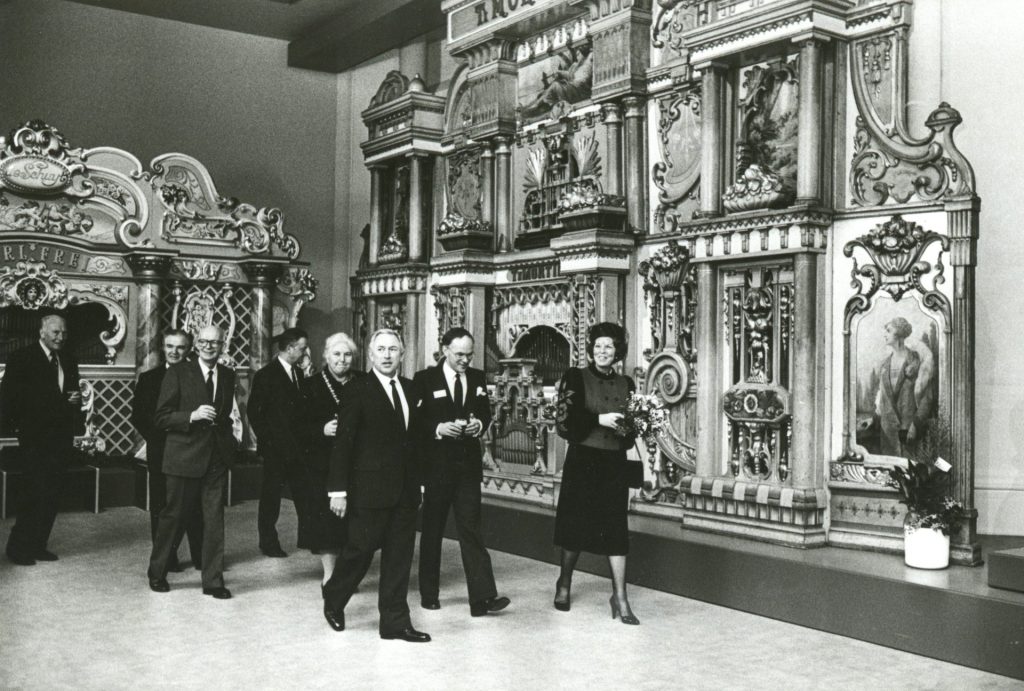
History of the Buurkerk
The Buurkerk was built around the year 1000 in response to the need for a church for the townspeople. That was because the many medieval churches in the city were for the clergy. The city was divided into districts or ‘neighbourhoods’ and soon the church was affectionately given the name ‘Buurkerk’ which means neighbourhood church.
Besides being used for church services, the Buurkerk was at the heart of the bustling commercial centre from the very beginning and became a pillar of strength for the citizens of Utrecht during difficult times in the city. In the centuries that followed, the church changed in appearance, was rebuilt, grew and also shrunk again. The church survived fires, storms and floods, endured attacks and came through the Reformation. In times of disaster and war, the church even served as an oat store, hay store, field bakery and stable. Memorial services and protests took place here until well into the 20th century until the church was made suitable for use as a museum in 1984.
The remarkable story of Suster Bertken
The Buurkerk was also the church where Sister Bertken let herself be enclosed in a cell in 1457, thus promising to devote the rest of her life to God by living in seclusion. She lived a modest life in a space of less than four by four meters. From her cell, she could follow the mass, and through an opening to the outside, she could speak to people. She remained in her cell voluntarily for 57 years. She died in 1514, having lived to the age of 87; a memorial stone can be found on Choorstraat.
